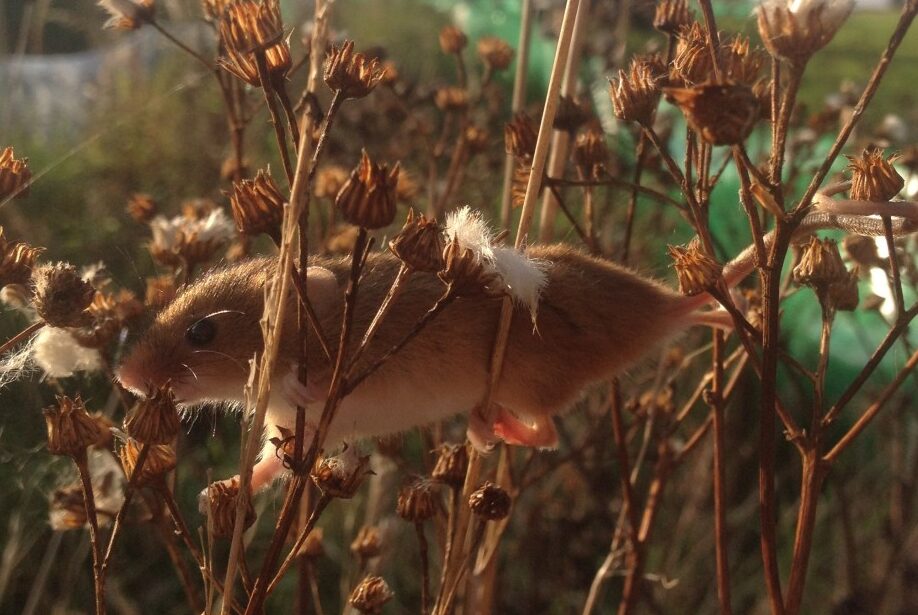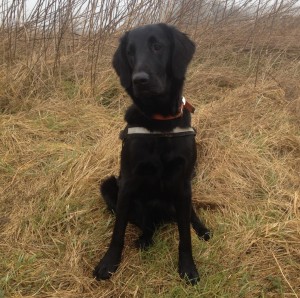Harvest mice and sniffer dogs

Europe's smallest rodent is under threat from farming practices such as combine harvesting and stubble burning, and pesticides. But to find out to what extent needs an expert eye- or nose.
Funding for this project has now finished
The problem
It is thought that harvest mouse numbers have declined in the last 40 years and they are now rare.
The harvest mouse is an iconic species of the British countryside. Yet they are so elusive that we don’t know how many or – indeed – where they are.
Their tell-tale nests, woven amongst tall grasses or reeds, can indicate their presence, but are often really hard to find too. Generally we have to rely on an expert surveyor who knows what they are looking for.
However we know that they also leave other clues. Scents are often left by mammals to tell others where they have been and we can make use of these olfactory markers by calling on the help of someone with an extra sensitive nose.
The solution

We are funding a project based at Moulton College, which is using man’s best friend to help work out just where our harvest mice are.
Dogs have a very keen sense of smell and we think that using a dog will help us to detect more harvest mice than traditional methods do.
Dogs have been used to find kiwi birds in New Zealand and to track pine marten presence in Scotland. We hope that this methods works for harvest mice too.
The more we find out about this tiny British mammal the sooner we can protect them.
Thank you to all our donors who helped us fund this work. You can help us support more projects like this with a donation today:
